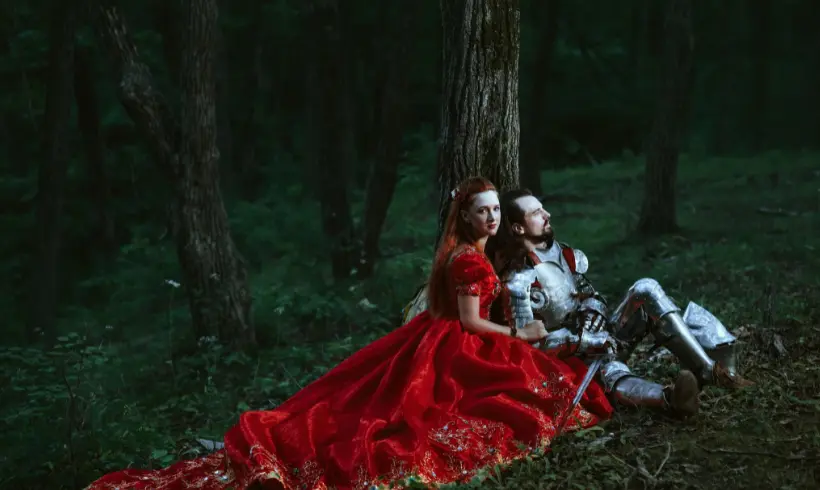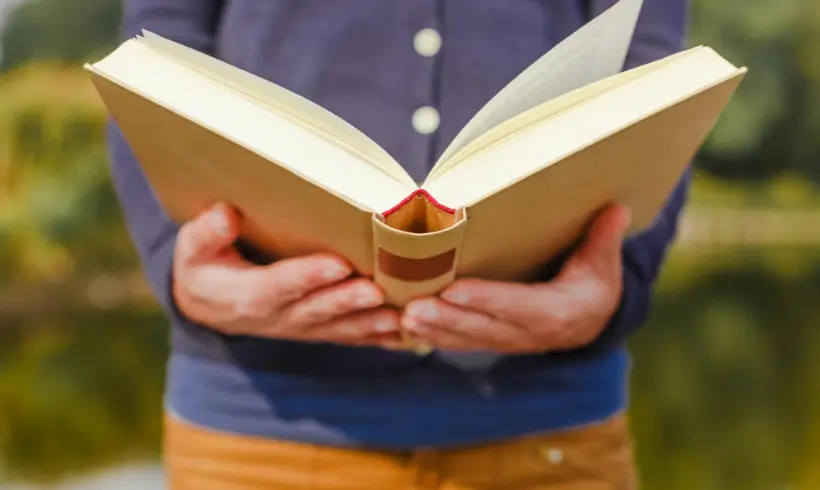In the following article, you will find all the elements that make it possible to build the structure of a traditional literary novel, including the beginning, the knot, and the dénouement.
In addition, we will explain other elements of the story that are essential within this same structure.
Writing a work of fiction can be like a leap into the void for many writers.
In the case of literary novels, each story begins with an idea, but reaching a successful outcome requires dedication, discipline, and effort.
One of the crucial parts of this work is the creation of a structure or skeleton.
At the end we invite you to visit:
| Best Books: The Best 20 Novels [Paid]
| Gifts Books: The Best 5 Novels to Give as Gifts
Approach or start-up
The narrative structure was defined by Aristotle in Ancient Greece and includes the beginning, the middle, and the end. The premise is located in the first part of the plot and its function is to introduce the characters and their context.
Introduction
The introduction allows the writer to show the sense of the story. Thanks to this element, readers receive all the information they need to start going through the story.
For example, descriptions and situations that reveal the tone of the story and the genre chosen by the author.
At this stage, the reader must identify very well what is the thesis of the plot: love, unhappiness, death, and childhood wounds.
Characters do not necessarily have to show all their attributes or psychological characteristics in the introduction. You will have the entire novel to show these details.
Triggering
The trigger is a happening or event that attracts the reader because of its level of activity. Its main purpose is to arouse curiosity in the audience, so the problem should not be shown completely.
For example, the trigger for a novel may be a murder, a complex situation for the protagonist, or a mysterious dialogue.
Start of the conflict
The conflict is the element that drives the narrative. Its development occurs in the longest part of the novel, which is usually in the middle.
The conflict seeks to further increase the reader’s interest and is accompanied by different subplots that accompany the main story of the novel.
As a writer, it is important to give time to the conflict and not feel bad about your protagonist going through complex situations or problems.
Ultimately, reader engagement comes from empathy for the characters and their failures or victories.
Development and turning point
At this point, you should have already introduced the main characters of the novel, including the villain or antagonist. In addition, the turning point, which is nothing more than the point of “no return” of the story, must be well-defined.
Here, the novel takes a new direction and heightens the anticipation of what will happen next.
Full conflict
This is the part where the conflict within the novel increases thanks to three types of obstacles that the protagonists must face.
In these stories, novelists must be concerned with barriers, problems, and dramatic events.
When we talk about barriers, we refer to situations in which the character tries to act, and it does not work.
Complications are events that do not have an immediate consequence on the story but leave the reader with much more expectation and suspense about what is about to happen.
Dramatic situations are presented with a character who is part of the central conflict which adds a higher level of tension to the novel.
Temporary or false resolution
Also known as the temporary triumph in the story, this element occurs when the protagonist is convinced that he or she has resolved the conflict, but the resolution does not last long.
It may be a crime that has supposedly been solved, or a villain apparently defeated, among other situations.
Plot twist
Because of the richness of the novel as a literary genre, some stories are likely to have a higher level of drama than others.
For example, in detective novels, the plot twist is a common element, as surprises often appear in the investigation that leaves the readers speechless and invites them to continue the story.
If you want your unexpected turn to be truly unexpected, ask yourself the following questions:
- How might the reader interpret the plot?
- Is there more than one explanation for the plot development?
- How will the truth be revealed to the reader?
Dark phase (the protagonists are at their worst)
This is the character’s darkest moment in the entire novel. In this phase, the protagonist assumes himself as a loser or simply makes a serious mistake.
For example, in action-adventure novels, one of the typical situations is to see the hero confronting the villain to the point of being half-dead.
The dark phase makes things much more complicated for the protagonist and leaves the feeling that the goal is impossible to achieve.
The audience should be concerned that the protagonist actually gets the job done because almost everything will look lost.
Ending
A great ending is one in which all the plot points are successfully woven together. Even if it is an open ending, what happens has to be closely related to what has happened so far in the play.
At this point, the conflict loses strength and the protagonists move toward their final evolution.
Big obstacles
In this part of the novel, the narrator exposes the protagonist to a great final test. In this way, the characters must show their personalities, endurance, and determination, pushing them to the edge of the mental and physical abyss.
The obstacle will depend on the type of premise chosen by the author.
For example, the novelist can defeat the villain after facing a great battle, or it can also happen the other way around (the villain triumphs).
If the protagonist eventually surrenders, it is in this part of the story that the audience should find out.
Climax
The climax of the book includes the act of confrontation between the protagonist and the villain. This face-to-face conflict comes to its resolution at the end of the story and the objective is achieved.
This element is usually presented through a fairly quick scene, but with enough intensity to arouse the readers’ emotions.
Resolution
The development of the novel is not necessarily tied to an orderly resolution of the central conflict.
In fact, there are many examples of stories that end in complex situations, and in which it is up to the audience to interpret the ending.
However, whichever plot line you choose, it will shed light on the resolution of the plot at the end.
At this point, we recommend that you ask yourself if you have answered the audience’s main questions, including the answers (definitive or not) that will lead to the best outcome.
If you are looking for inspiration, want to study a subject in depth, or just want to feel the pleasure of reading, then we invite you to take a look at our extensive collection of +3,500 free books.
Other articles that may interest you

If you want to know the definition of a romance novel, its origins, and its main characteristics, this article is…

In the following lines, we tell you everything you need to know about the crime novel, including its main characteristics,…

The epistolary novel is one of the most influential literary styles in history. In this type of work, the story…

In this article, you will find the literary genre to which the novel belongs, but only after knowing the importance…

Whether to entertain or escape reality, we look for good stories to connect with our emotions, such as the satisfaction…

Below, we've compiled for you our top 10 novels that were made into movies. If you've made it to this…

Below, you will find our top 10 novels you should read. We are clear that many titles from our list…

This article contains all the information you need about adventure novels, from their origins and most relevant characteristics. In addition,…

In this article, we will explore the science fiction novel, its meaning, origins, most important characteristics, and you will learn…

In this article, we will show you the most important characteristics of the didactic novel, its most important works, and…

What is the dystopian novel and what characteristics differentiate it from other novels? When did this style originate? What are…

In this article, we will discuss the concept of the historical novel in the literary context, its origins, and its…

Undoubtedly, the novel of chivalry is one of the most influential narrative subgenres in the world, specifically because of its…

Below you will find all the information you need about the novel as a literary genre, including its origins, characteristics,…








